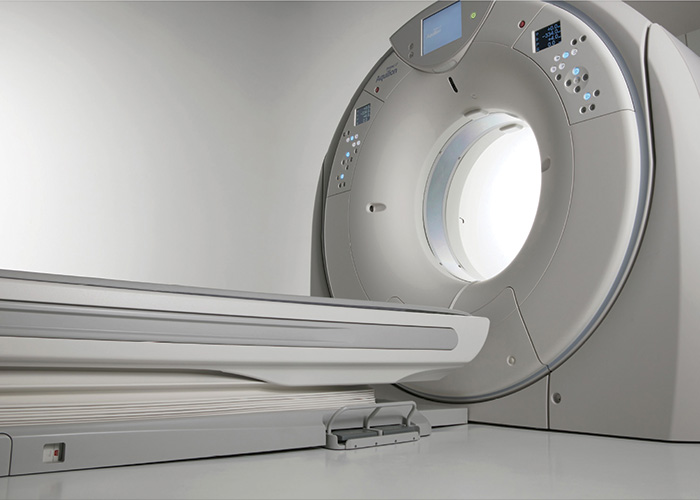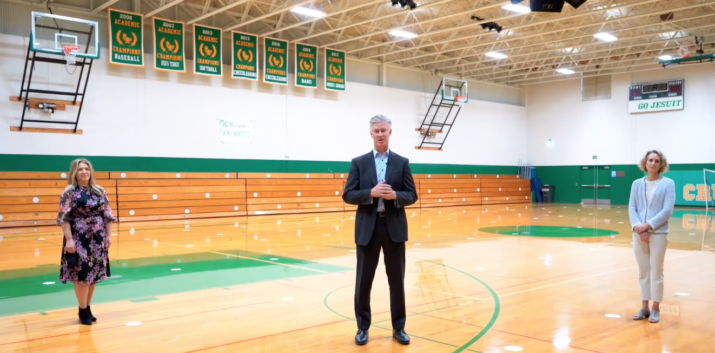

In 2001, he became a Certified Chiropractic Sports Physician. During his residency he finished the course work for the chiropractic orthopedics diplomate specialization. Stecher continued his training as a radiology resident earning his diplomate of the American Board of Chiropractic Radiology in 1999. Tim Stecher moved to Portland from Southern California to attend chiropractic college in 1992 after earning a BS in Biological Sciences from the University of California, Irvine. After graduating valedictorian in 1996 from University of Western States, Dr. Scott is always available to help you evaluate which imaging procedure will provide the most clinical information on your patient.ĭr. He is proficient in all areas of MRI interpretation, particularly musculoskeletal and neuroradiology. Mills is certified by the National Board of Medical Examiners and the American Board of Radiology. He has co-authored many articles in medical peer-reviewed journals and has been privileged to present programs at such venues as the Radiological Society of North America’s Annual Meeting, the American Federation for Clinical Research, and the San Diego Postgraduate MRI Course.

Mills performed his internship at AMI Presbyterian Hospital in Denver, received his residency training in radiology at the University of Colorado Health Sciences Center, and was awarded a fellowship in Magnetic Resonance Imaging at the University of California San Diego. A graduate of the University of Colorado School of Medicine, Dr. Scott Mills has been an accomplished, board-certified, licensed radiologist for more than 15 years. MRI contrast is typically not needed for these exams but may be required in some cases (Please see the general MRI section for additional details).Dr. As with any MRI exam, patients will need to hold very still, they will go into the MRI scanner lying on their back, feet first.

The initial diagnosis is made clinically, but many surgeons rely on MRI to distinguish between simple and complex prolapse syndromes prior to surgery.Ī Pelvic MRI typically takes 30 -35 minutes. MRI can help in the diagnosis of complex prolapse syndromes. A variety of prolapse syndromes, including uterine or bladder prolapse, as well as vaginal and rectal prolapse.Defining these anomalies has important implications in the treatment of certain kinds of female infertility. Congenital abnormalities of the female reproductive system.PID (Pelvic Inflammatory Disease), Tubo-ovarian abscess or hydro salpinx.MRI is quite sensitive in detecting and characterizing a broad range of benign or malignant tumors of the female pelvis. Tumors of the ovaries, uterus or cervix.While ultrasound is still the initial test in imaging for either ovarian or uterine abnormalities, MRI is highly sensitive and accurate in evaluating the female pelvis for most disorders.


 0 kommentar(er)
0 kommentar(er)
